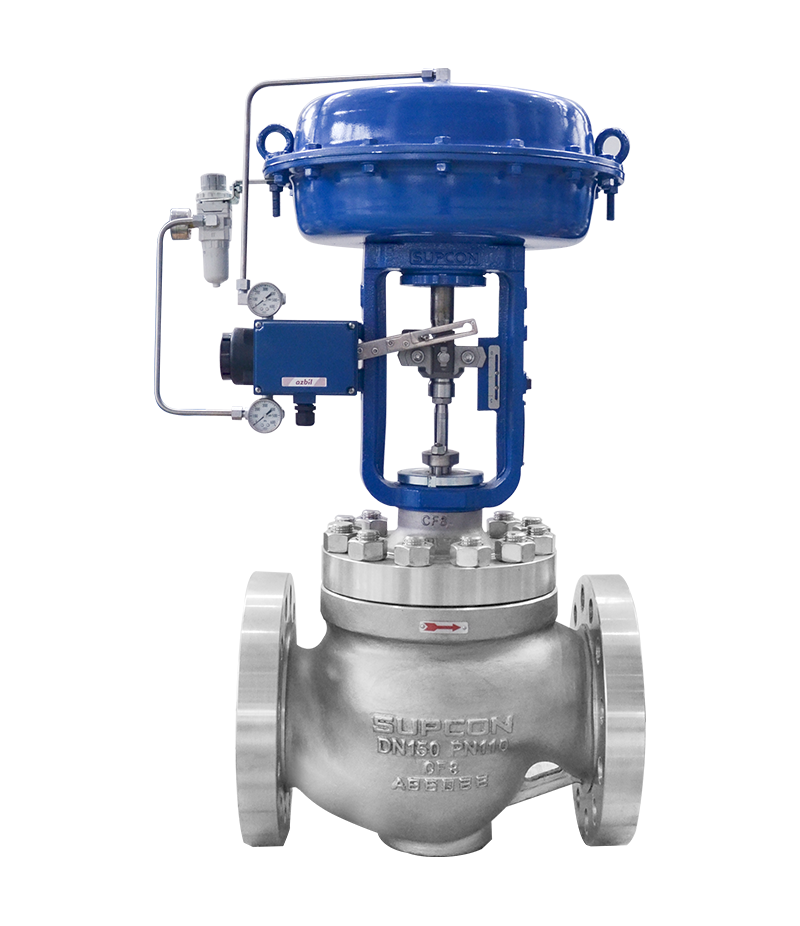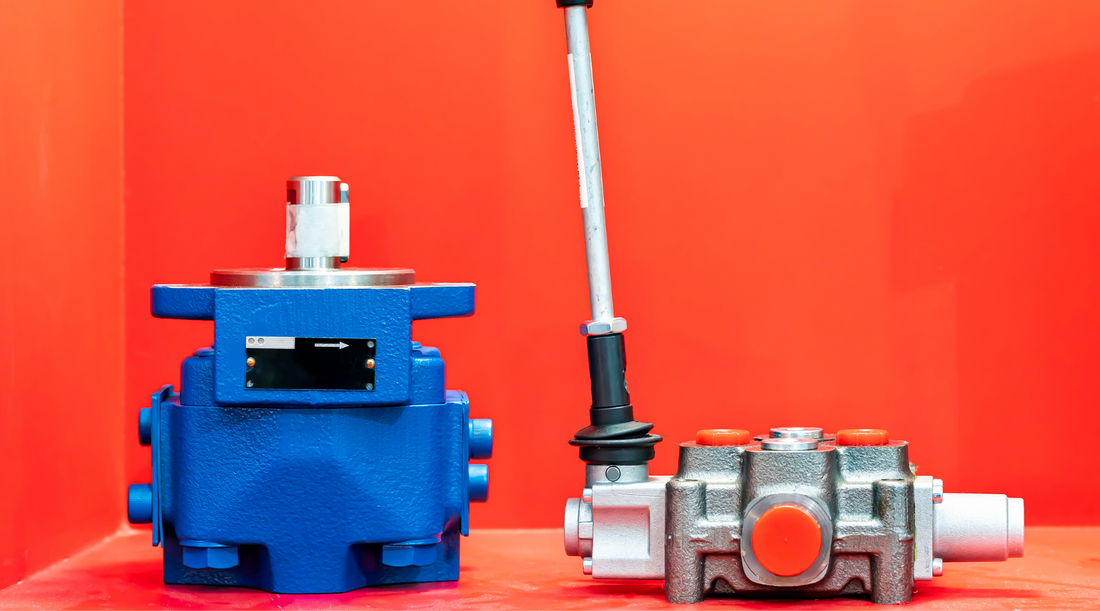Understanding the Significance of Control Valves in Process Automation
Understanding the Significance of Control Valves in Process Automation
Blog Article
Achieve Seamless Integration and Control With Quality Building Automation Controls
In the world of contemporary building management, the value of high quality structure automation controls can not be overemphasized. Welcoming quality structure automation controls is not just an issue of comfort yet a calculated essential for organizations aiming to maximize their centers' efficiency and sustainability.

Advancement of Building Automation Controls
Throughout the past few years, the evolution of building automation controls has dramatically transformed the way buildings are managed and run. Building automation systems largely focused on fundamental functions such as controlling heating, air flow, and air conditioning (HVAC) systems. As technology progressed, these controls have actually become much more sophisticated, enabling for a larger variety of building systems to be incorporated and taken care of centrally.
The advancement of constructing automation controls has actually seen a change towards more intelligent systems that can adjust to altering conditions in real-time. This flexibility is important for maximizing energy effectiveness and making sure owner comfort. Additionally, modern building automation controls currently use features such as predictive upkeep, remote surveillance, and information analytics, allowing facility managers to make data-driven choices to boost structure performance.

Benefits of Top Quality Assimilation
The innovation in structure automation controls towards even more intelligent systems has highlighted the considerable benefits of high quality combination in maximizing structure operations and boosting general performance. Quality assimilation of constructing automation controls offers several key advantages. It leads to enhanced energy efficiency by allowing various systems to function with each other flawlessly, making certain optimal efficiency and minimizing energy wastage. Secondly, high quality combination improves occupant comfort and efficiency by enabling personalized control over environmental settings like temperature level, lights, and air quality. This customization can cause a more comfy and conducive working or living atmosphere. Additionally, high quality assimilation simplifies maintenance and repairing processes, as all systems are adjoined and can be kept track of and managed from a central user interface. This centralized control additionally gives better presence and understandings right into structure efficiency, allowing aggressive maintenance and optimization approaches. On the whole, the advantages of high quality assimilation in building automation controls are indisputable, supplying increased efficiency, comfort, and functional performance.
Improved User Experience and Access
Enhancing user interaction with building automation regulates via instinctive layout and boosted availability raises the overall experience for occupants and center supervisors alike. By concentrating on user experience, constructing automation systems can become more user-friendly and reliable. Intuitive user interfaces, clear navigating, and personalized settings encourage users to engage with the controls quickly and efficiently.
Accessibility attributes play a vital function in ensuring that all people, including those with disabilities, can make use of the building automation controls effortlessly. Integrating features such as voice commands, responsive buttons, and color-contrasted display screens can improve ease of access and make the controls more comprehensive.
Moreover, boosted individual experience results in greater individual complete satisfaction, increased productivity, and much better decision-making. Occupants can change environmental setups according to their choices, while facility supervisors can successfully manage and keep track of building systems - control valves. Generally, focusing on individual experience and access in building automation controls contributes to a much more efficient and smooth structure atmosphere for all stakeholders entailed
Sustainable Practices With Automation

Additionally, automation can promote the assimilation of renewable energy resources such as solar panels or wind generators right into structure operations. With automation, buildings can line up with modern-day sustainability objectives and add to a greener future.
Future Trends in Structure Control Systems
One prominent trend shaping the future of structure control systems is the raised integration of Artificial Knowledge (AI) and equipment learning. Furthermore, the Internet of Things (IoT) is changing structure control systems by connecting sensors and devices to simplify operations and boost efficiency.
One more vital trend is the emphasis on cybersecurity actions to safeguard versus possible threats to constructing automation systems. As structures become extra interconnected, making certain robust cybersecurity methods will be important to safeguard delicate information and prevent unauthorized gain access to.
In addition, the shift towards cloud-based systems is obtaining energy, Learn More allowing for systematized control and remote accessibility to structure systems. This helps with much easier monitoring, maintenance, and updates, improving the general efficiency and versatility of structure control systems. As technology continues to development, these patterns are expected to shape the future landscape of structure automation controls, driving innovation and sustainability in the built environment.
Final Thought
Finally, developing automation controls have progressed dramatically, offering various benefits such as enhanced customer experience, availability, and sustainable methods. Quality assimilation plays a vital duty in attaining smooth control and reliable procedure of structure systems. Future fads in structure control systems are likely to concentrate on further boosting automation capacities for boosted power effectiveness and overall efficiency. It is important for structure proprietors and operators to focus on the adoption of top quality structure automation manages to optimize structure operations and attain long-lasting sustainability goals.
In the realm of see this website modern building monitoring, the value of top quality structure automation controls can not be overstated. Overall, the advancement of building automation controls continues to drive innovation in the building monitoring industry, offering new opportunities for producing smarter and extra lasting buildings.
The innovation in structure automation controls in the direction of more smart systems has emphasized the significant benefits of top quality integration in enhancing structure operations and enhancing overall effectiveness. On the whole, prioritizing individual experience and access in building automation manages adds to an extra seamless and productive building environment for all stakeholders involved.
It is vital for structure proprietors and operators to prioritize the fostering of quality building automation controls to enhance building operations and accomplish lasting sustainability objectives. - control valves
Report this page